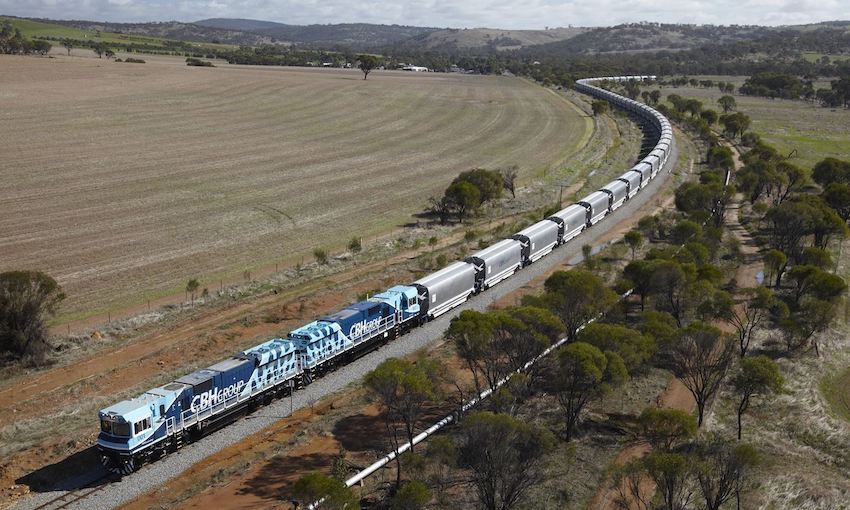WESTERN Australia’s regional rail freight network will soon receive $200 million in funding across four projects aimed at connecting the state’s agricultural supply chains.
The funding was committed by Commonwealth and state governments as the first package of the Agricultural Supply Chain Improvement program.
It follows a record 24 million tonne harvest, reportedly worth around $8 billion to the state’s economy. The investment intends to ensure freight infrastructure is able to meet growing demand.
Four projects funded under the first ASCI package are designed to help Western Australian grain growers and other primary producers transport their products to domestic and international markets.
As part of the package, $22 million will be invested in rail siding extensions for grain bins and $46 million will go toward seven additional grain rail siding upgrades to help load longer trains.
And, $60 million will be invested in the Midland Line Main Line upgrade to accomodate heavier trains and a 20% increase in train loads.
The Southern Wheatbelt region will also receive $72 million in funding toward the recommissioning of the Narrogin-Kulin rail line to service grain customers and other potential customers in the respective region.
Transport minister Rita Saffioti said the state government has already spent a record amount on regional roads and is now able to prioritise further investment in the regional rail freight network.
“The recent record harvest of 24 million tonnes shows that we need to continue to invest in road and rail to provide an increasingly efficient transport network,” she said.
“This $200 million will ensure our regional freight network continues to keep up with demand now and into the future.”
The projects chosen to receive funding were determined in consultation with grain industry leader CBH Group, rail network manager Arc Infrastructure, grower groups and local government.
“The ASCI rail project funding, closely aligned with CBH’s train loading investments, will deliver freight cost savings and grain price benefits each year to grain growers throughout the agricultural region,” Ms Saffioti said.
For CBH and the grain growing industry, the works are expected to assist the effort to move grain rapidly to port after harvest to capitalised on strong international demand and high prices.
According to Ms Saffioti, increasing the efficiency of loading longer trains at the CBH bins will deliver financial returns for growers in the region.
The $72 million Southern Wheatbelt project is intended to increase the amount of grain moved by rail and decrease the number of trucks on regional roads.
The state and Commonwealth governments have reportedly partnered to deliver $187 million in funding for the Wheatbelt Secondary Freight Network program.
A further $36 million in joint funding will commence the Mid-West and Great Southern Secondary Freight Network programs to further improve export connections throughout the agricultural regions.

